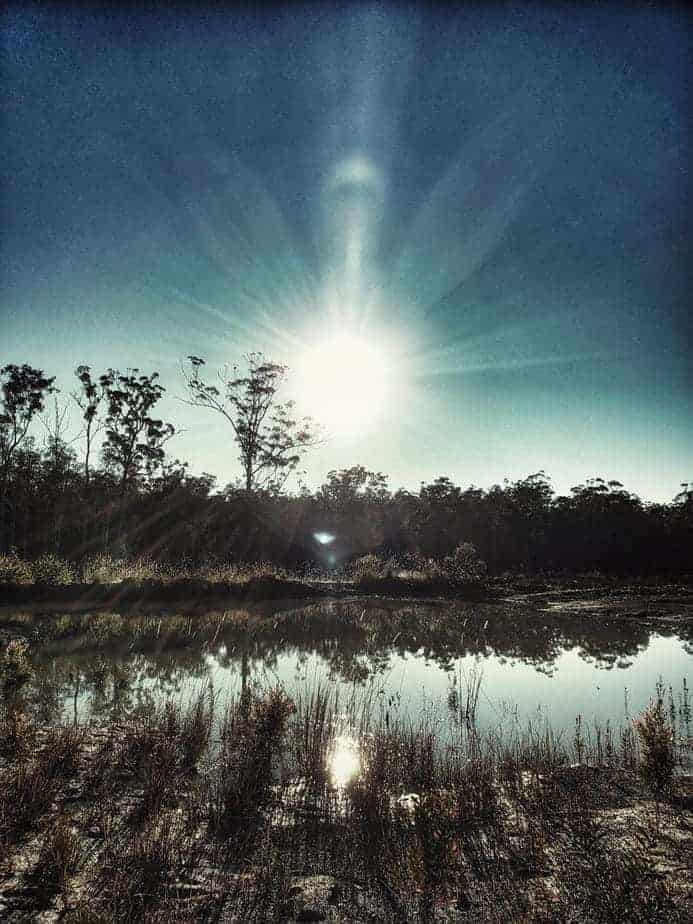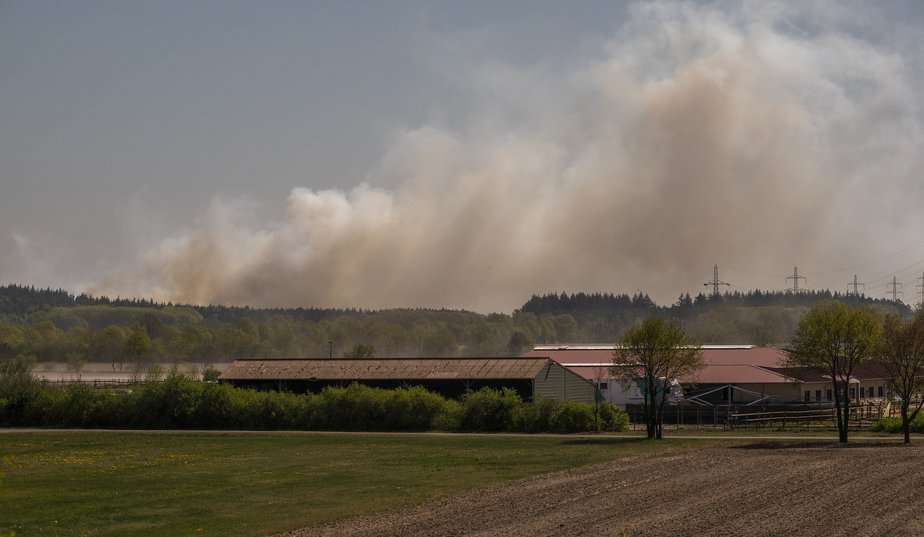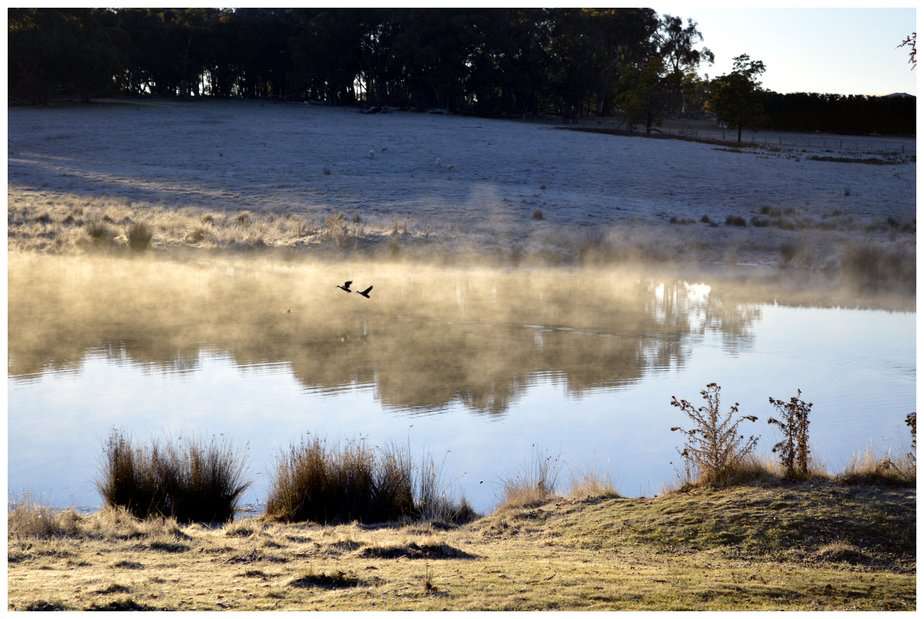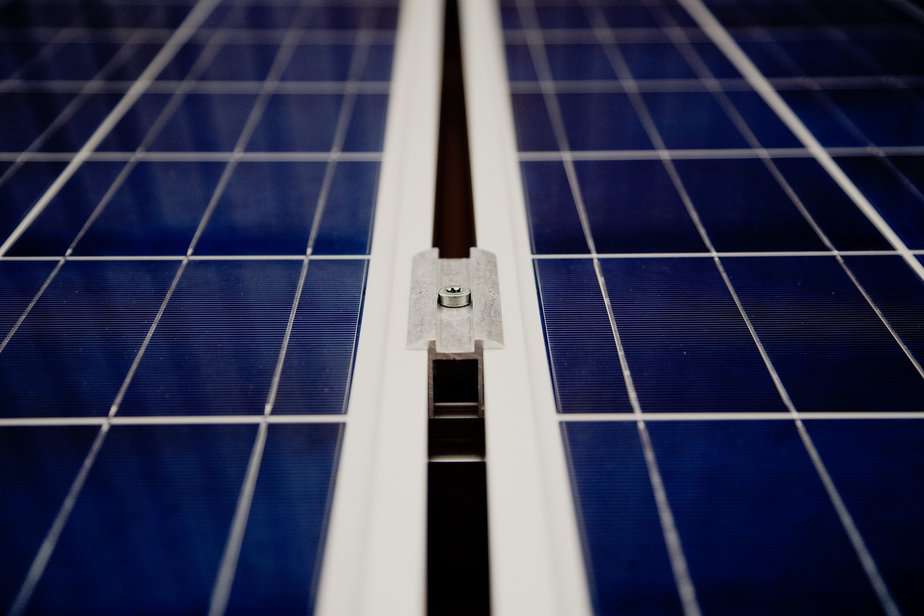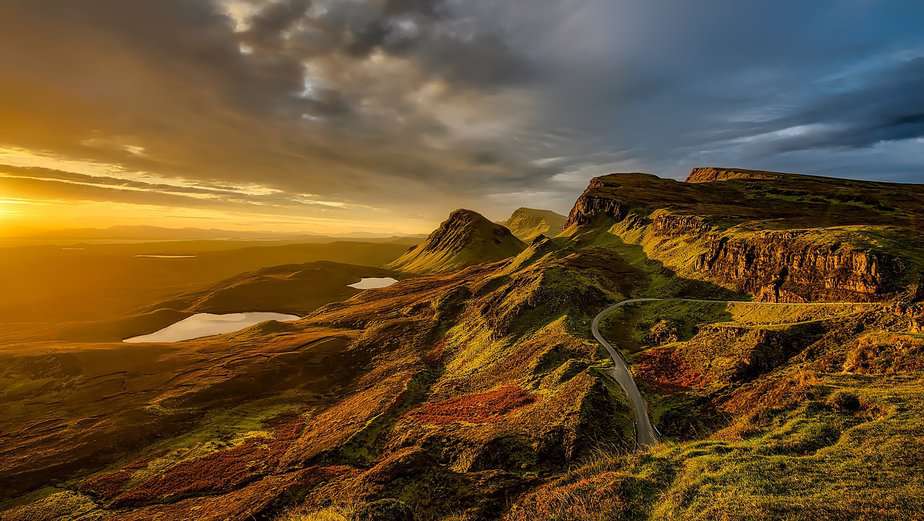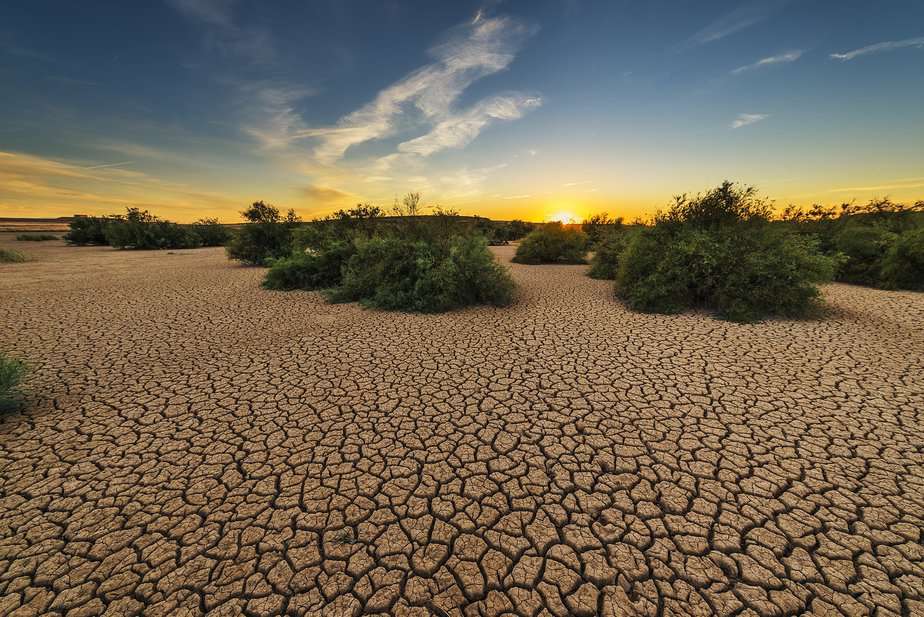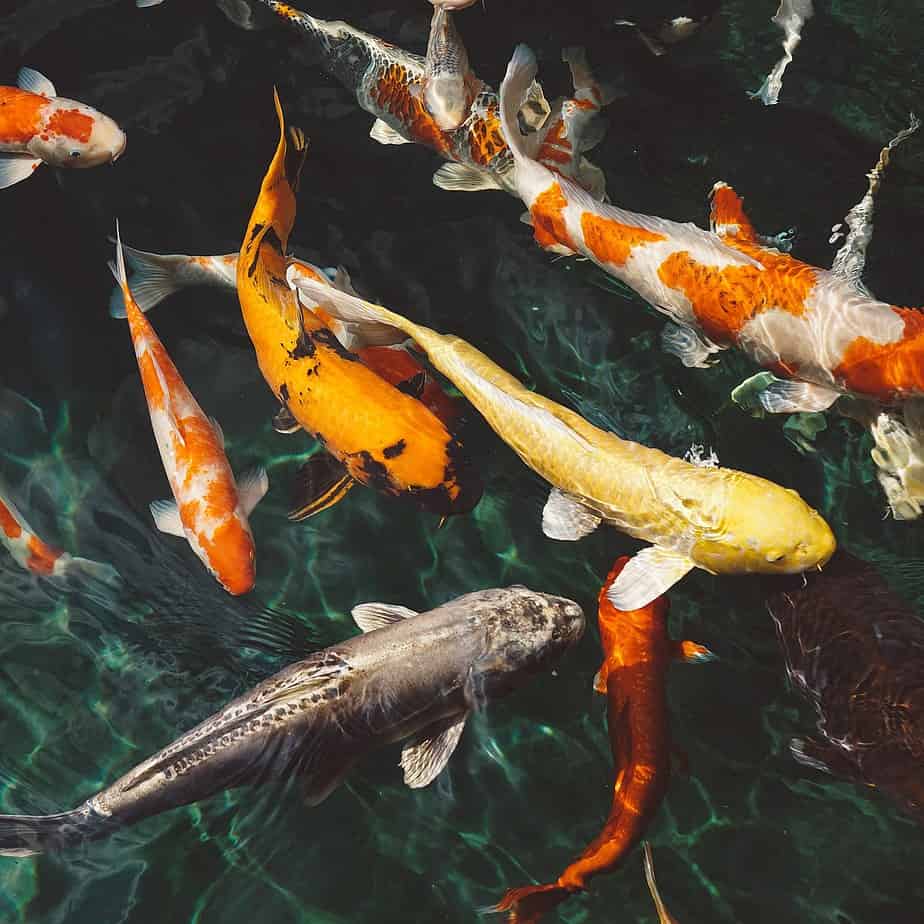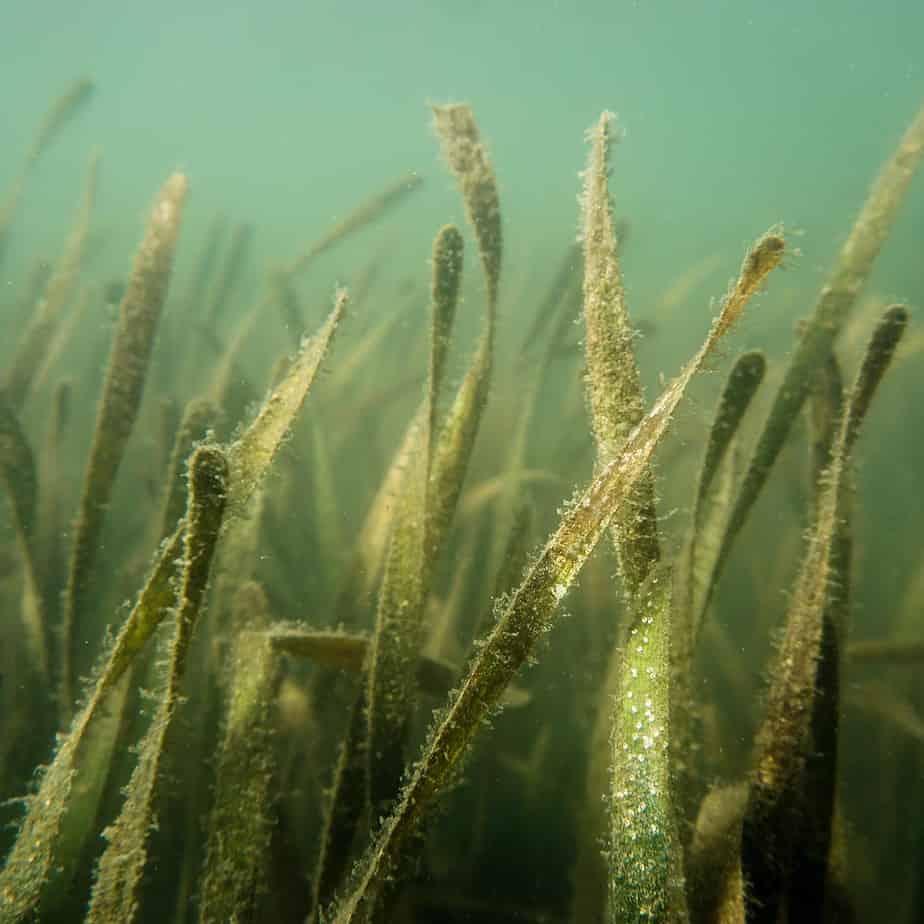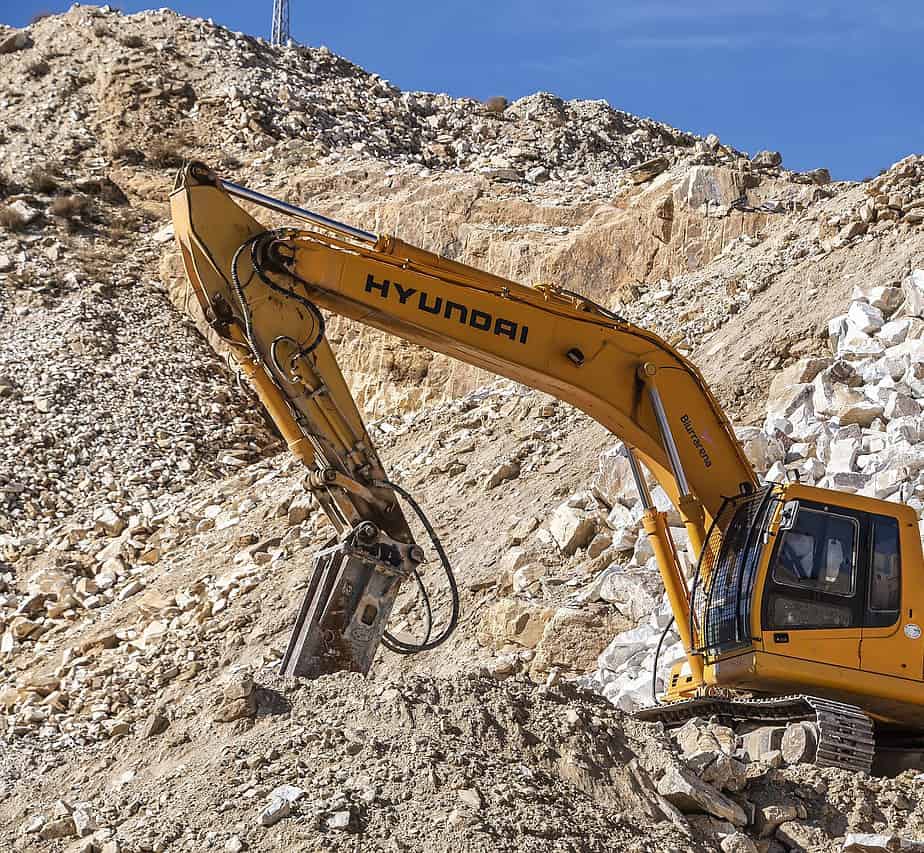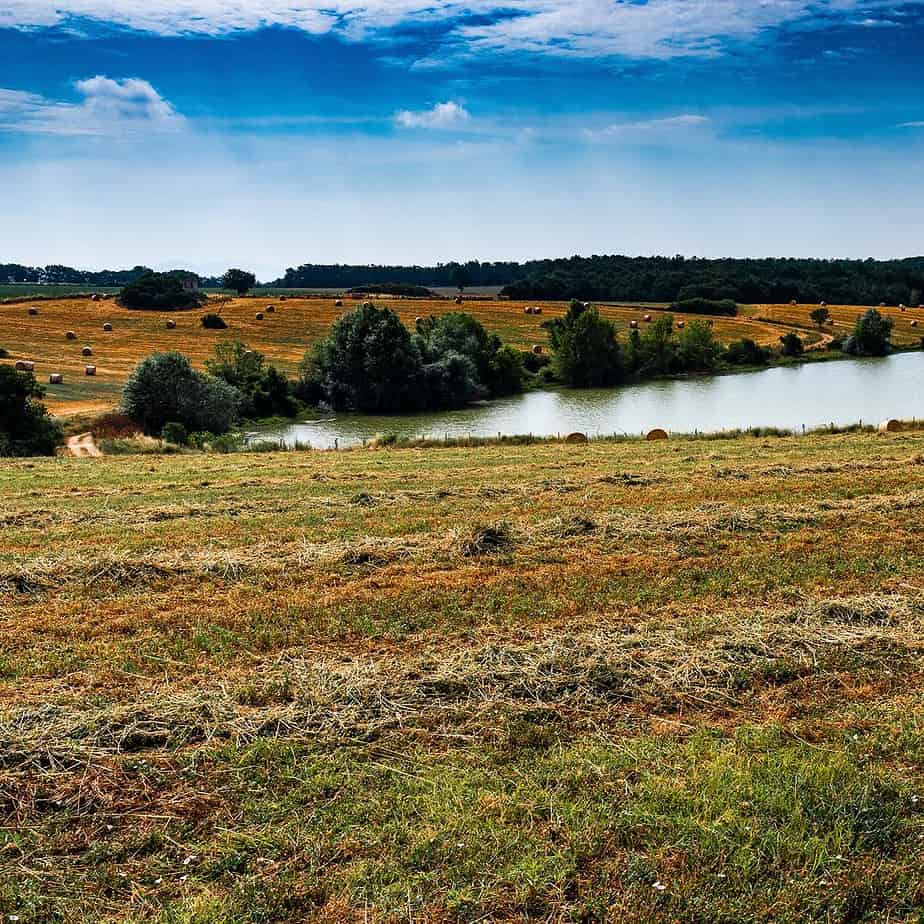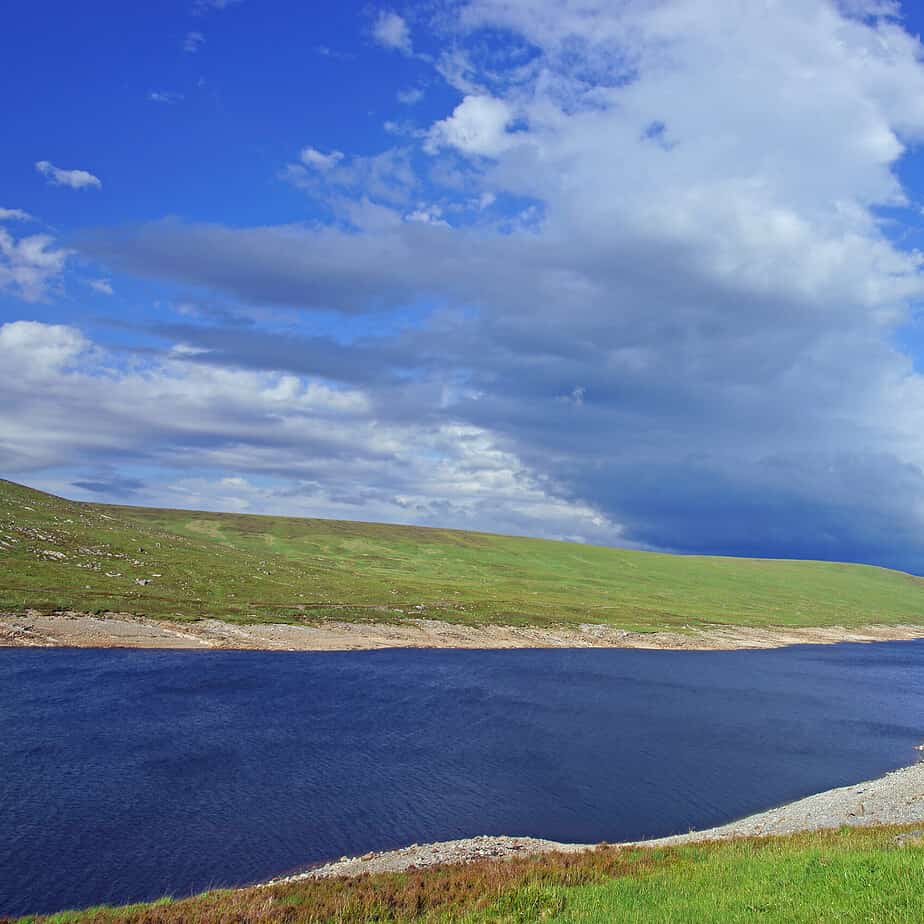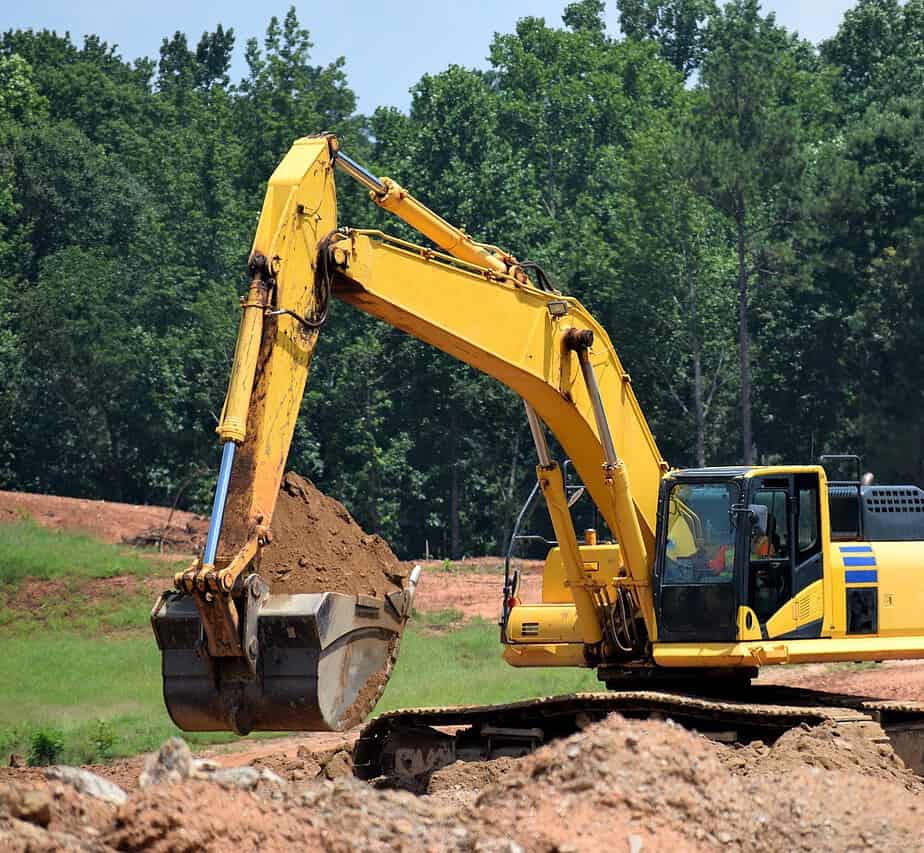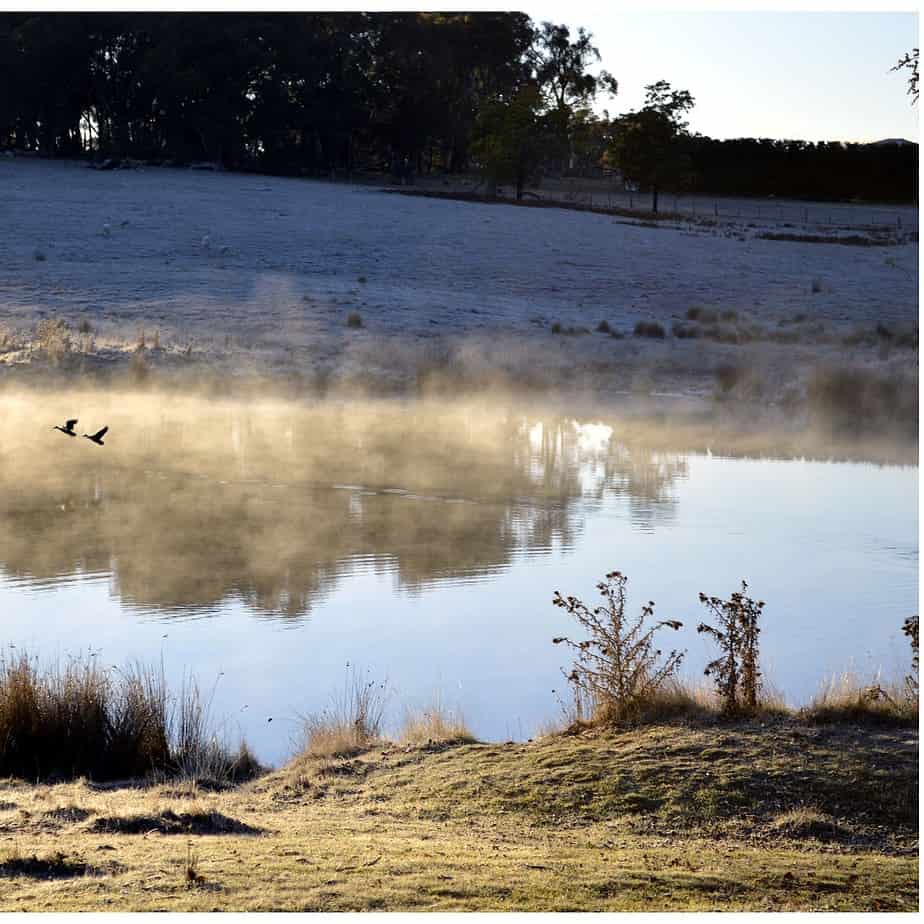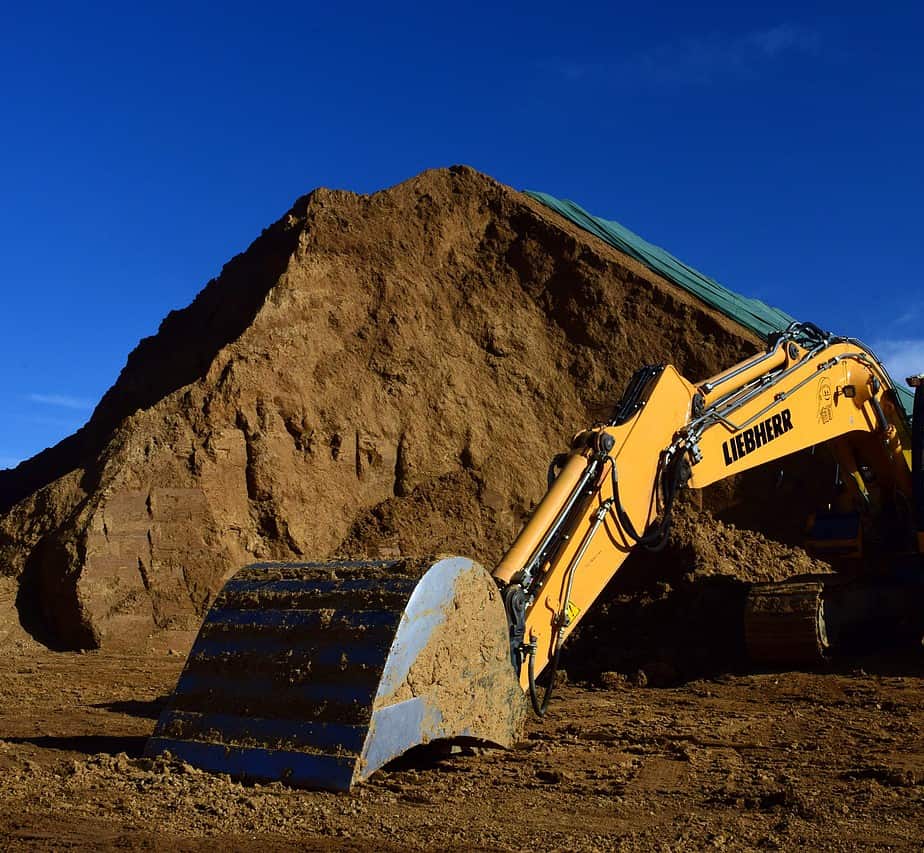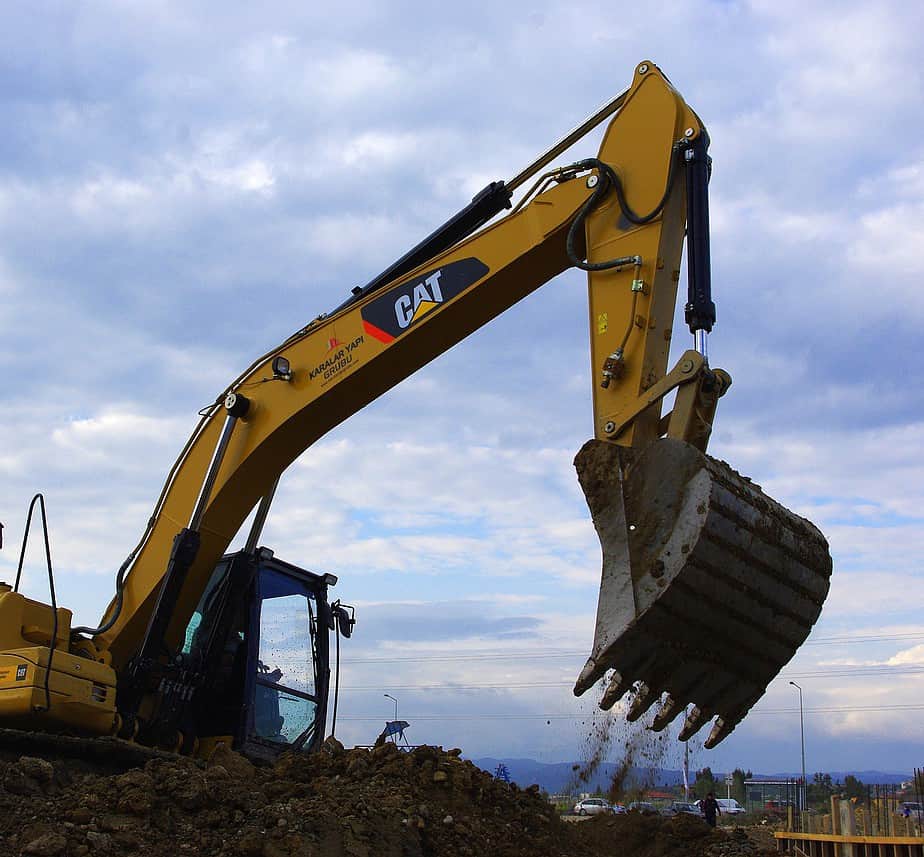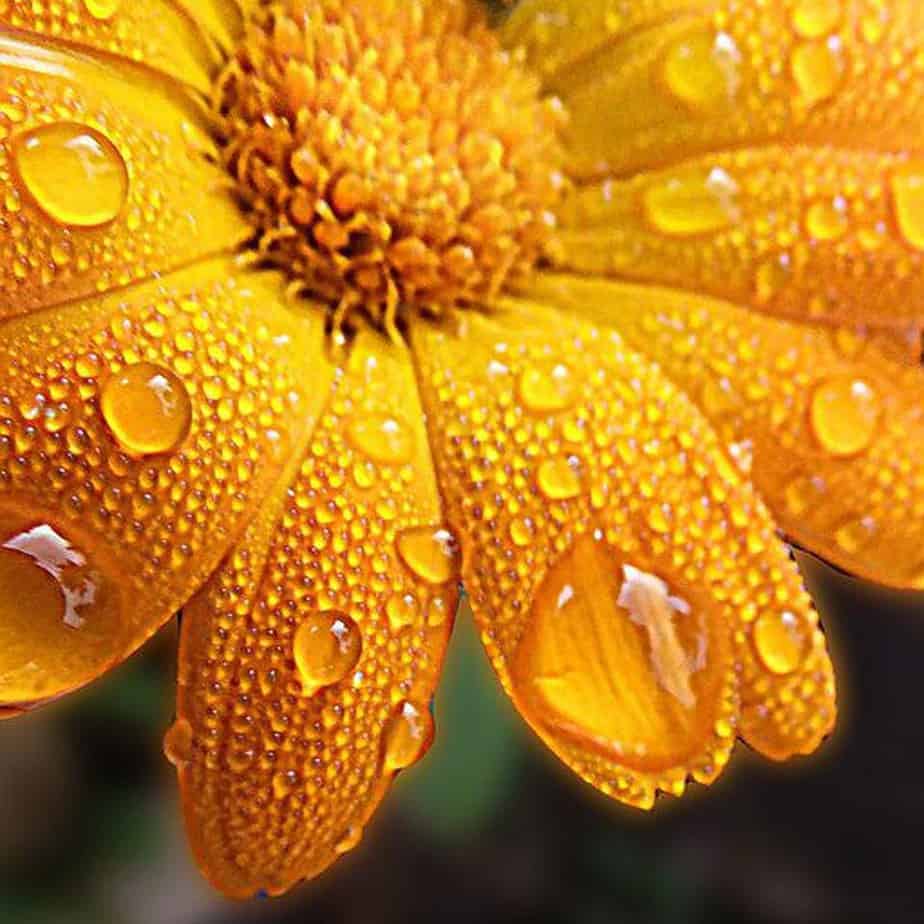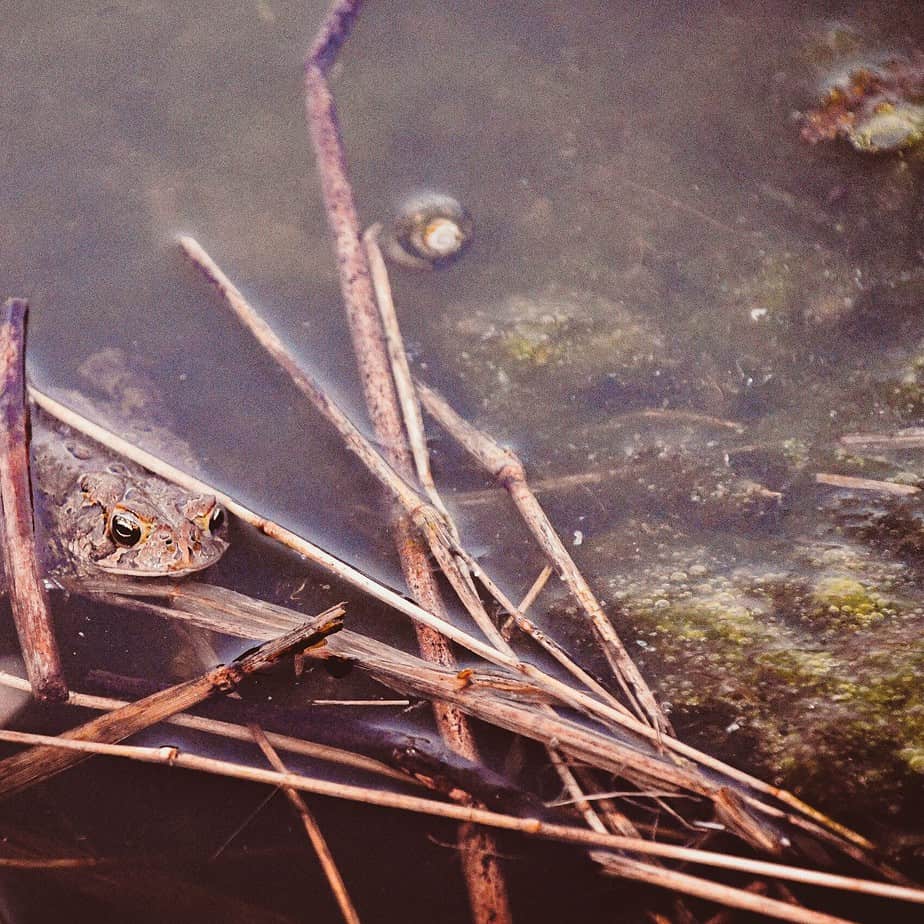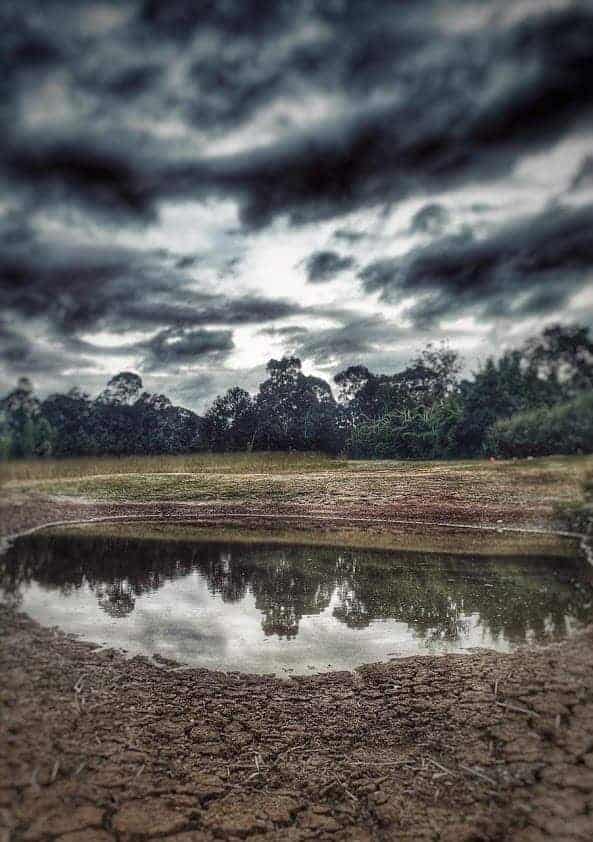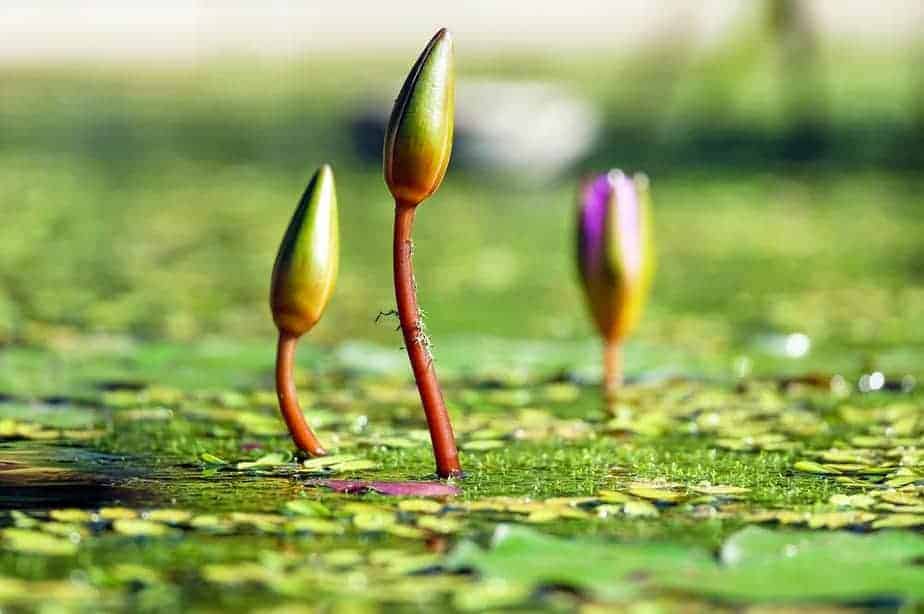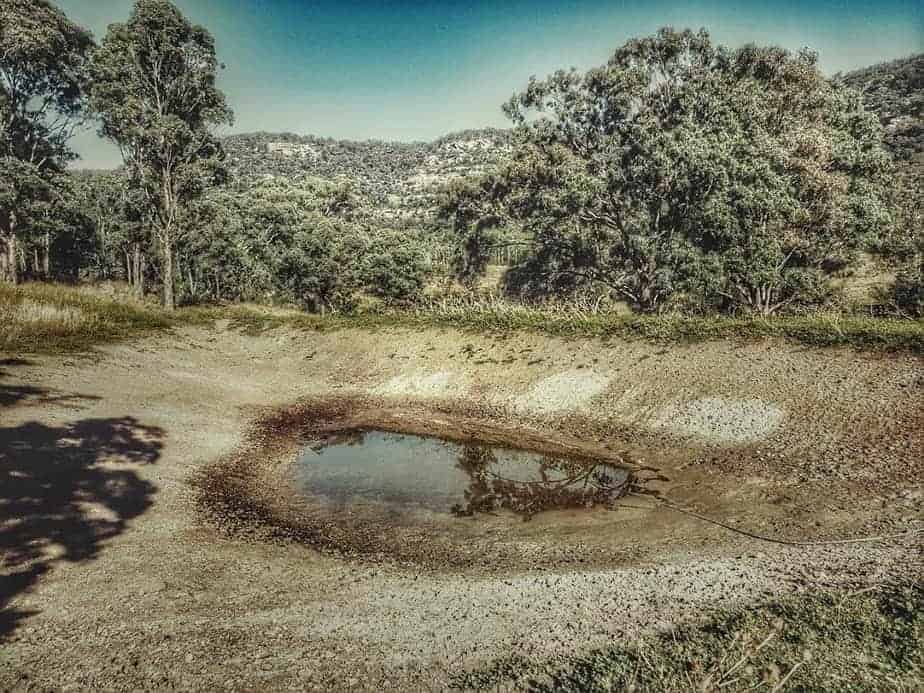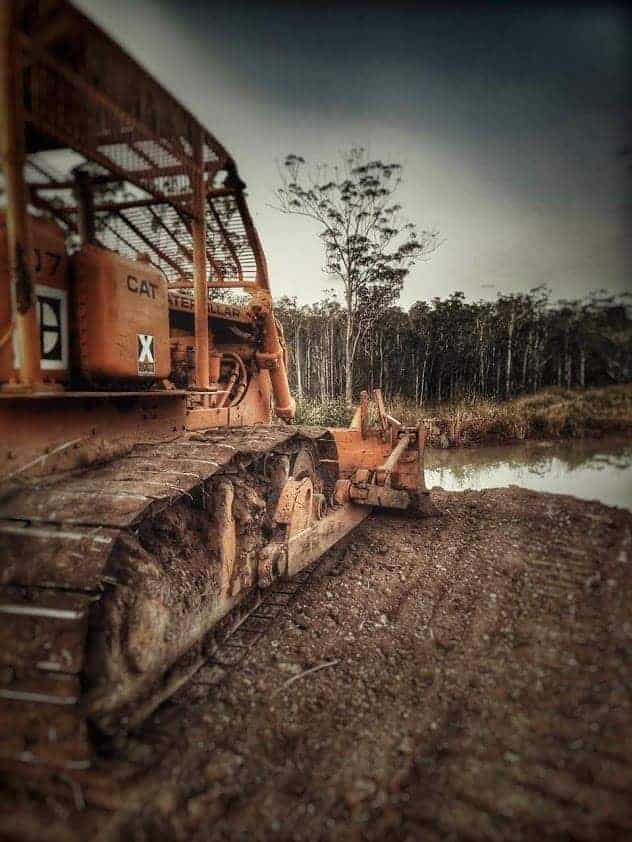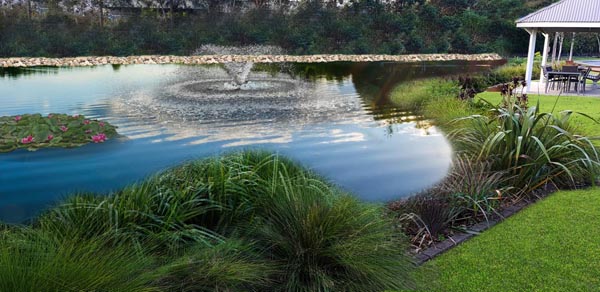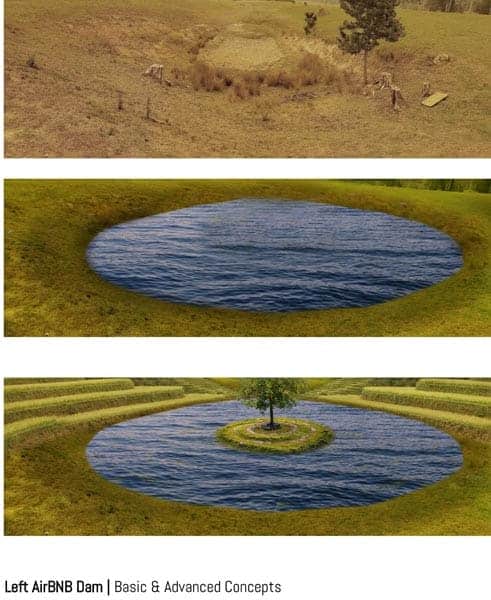In an ever-changing world, where climate uncertainties and unexpected challenges can disrupt the regular flow of resources, being prepared for emergencies is crucial for the sustainability of agricultural operations. One of the fundamental components of emergency preparedness on a farm is the construction of a well-designed farm dam and efficient water storage systems. In this blog post, we will delve into the importance of farm dam construction, the benefits it offers to emergency preparedness, and the key considerations for creating a robust water storage solution.
Category Archives: Dam Building
For small farm owners, a well-maintained farm dam is not only a vital water source but also a key component of the overall agricultural ecosystem. Proper farm dam maintenance ensures a reliable water supply for crops, livestock, and other agricultural activities. Neglecting dam upkeep, on the other hand, can lead to costly repairs, reduced efficiency, and potential environmental consequences. In this blog post, we will explore essential tips and guidelines to help small farm owners effectively maintain their farm dams, ensuring long-term functionality and sustainability.
Efficient irrigation systems play a pivotal role in modern agriculture and landscaping. They ensure optimal water usage, minimize wastage, and contribute to sustainable resource management. Designing a super-efficient irrigation system requires careful planning, knowledge of the landscape, and the utilization of advanced technologies. In this guide, we will explore the key considerations and steps involved in creating irrigation systems that maximize water efficiency and promote healthy plant growth.
As the world seeks sustainable solutions to address the pressing challenges of climate change and energy consumption, innovative approaches that marry traditional agricultural practices with renewable energy sources are gaining prominence. One such symbiotic relationship is the integration of solar energy systems with farm dam infrastructure. This convergence not only aids in sustainable energy generation but also enhances water management and agricultural productivity. In this blog post, we delve into the benefits, considerations, and steps involved in seamlessly integrating solar energy systems with farm dam infrastructure.
Farm dams play a critical role in agricultural landscapes, serving as reservoirs for irrigation, stock watering, and other agricultural needs.
However, these dams also offer a unique opportunity to improve water quality and minimize environmental impacts on downstream ecosystems.
In the face of increasing global environmental challenges, the conservation of biodiversity has become more critical than ever before. While agricultural practices have often been associated with negative impacts on wildlife and ecosystems, farmers now have an opportunity to play a pivotal role in enhancing biodiversity on their lands. Farm dams, which are essential for irrigation and water storage, can also be transformed into thriving habitats for wildlife. In this blog post, we will explore the importance of enhancing biodiversity with farm dams and how farmers can create valuable ecosystems that support wildlife while still meeting their agricultural needs.
In farming communities, the construction of farm dams plays a crucial role in managing water resources, especially in regions with limited access to natural water bodies. However, building a farm dam in rocky terrain presents unique challenges that require innovative techniques and careful planning. Slopes are one of the primary concerns when constructing dams in rocky landscapes, as they can impact the dam’s stability and overall effectiveness. In this blog post, we will explore the techniques and challenges involved in farm dam construction in rocky terrain, with a specific focus on managing slopes.
Droughts are natural phenomena that can have devastating effects on agriculture, particularly for small farms. As climate change intensifies, the frequency and severity of droughts are increasing, leaving farmers grappling with water scarcity and its impact on their livelihoods.
Earth dams are essential structures used to store water and manage water resources worldwide. While these dams serve critical purposes like irrigation, water supply, and flood control, they also carry inherent risks. Dam failures can lead to devastating consequences, causing loss of life, property damage, and environmental destruction. Identifying early warning signs of potential dam failure is crucial to prevent disasters and take timely corrective measures. In this blog post, we will explore the primary early warning signs of earth dam failure and the importance of proactive monitoring and maintenance.
Farm dams are essential water storage structures that play a crucial role in agricultural operations. They provide water for irrigation, livestock, and other farming needs. However, as with any man-made structure, farm dams require regular inspections to ensure their safety and functionality. Regular inspections not only help prevent potential disasters but also extend the lifespan of the dam, saving farmers from costly repairs and interruptions in water supply.
As the global population continues to grow, the demand for food production escalates, putting pressure on traditional farming practices. In the pursuit of sustainable and efficient food production, integrating aquaculture into existing farm dams presents an innovative and environmentally friendly solution.
Farm dams are essential to agricultural operations because they provide water for animals, irrigation, and other farming activities. However, over time, these water bodies can become susceptible to excessive vegetation growth, which can pose challenges for farmers. Striking a balance between maintaining a healthy ecosystem and preserving dam infrastructure is crucial for sustainable farming practices. In this blog post, we will explore the significance of farm dam vegetation management, the potential impacts of unchecked growth, and effective strategies to achieve a harmonious balance between ecosystems and infrastructure.
Farm dams are essential water storage structures for agricultural operations, providing a reliable supply of water for irrigation, livestock, and domestic needs. Constructing a farm dam on sloping terrain presents unique challenges that require careful planning, design, and attention to stability. In this blog post, we will explore the key considerations and best practices for designing and ensuring the stability of farm dams built on sloping terrain. By following these guidelines, farmers can optimize water storage capacity and reduce the risk of dam failure, ensuring the long-term success of their agricultural endeavours.
In recent years, the impact of agriculture on the environment has become a growing concern. As the global population increases, so does the demand for food production, which places significant pressure on natural resources and ecosystems. In this context, small farms have a crucial role to play in sustainable agriculture and conservation efforts. One essential feature of small farms that offers numerous environmental benefits is the farm dam. These man-made water reservoirs not only aid in water management for farming operations but also contribute positively to the local environment and biodiversity. In this blog post, we will explore the environmental benefits of farm dams on small farms and shed light on their significance in creating a sustainable future
Agriculture is the backbone of many economies, and effective water management plays a crucial role in ensuring the success of agricultural endeavors. In regions where water is scarce or irregularly available, farmers often turn to farm dam construction to capture and store water for irrigation and other agricultural needs. While traditional dam construction methods have been prevalent for centuries, advancements in technology have introduced innovative solutions to enhance water storage and conservation. One such technology that has gained popularity in recent years is the use of geomembranes in farm dam construction. In this blog post, we will explore the benefits of using geomembranes and how they can revolutionize water storage on farms.
Farm dams play a crucial role in the agricultural landscape, providing essential water storage for irrigation, livestock, and other farming activities. Over time, these structures may deteriorate due to various factors such as age, weathering, sedimentation, and poor maintenance. Dam failure can have catastrophic consequences, leading to property damage, loss of livelihood, and environmental degradation. To ensure the safety and sustainability of farm dams, rehabilitation and upgrading become necessary. In this blog post, we will explore the importance of farm dam rehabilitation, the common issues faced by aging dams, and the steps involved in upgrading and repairing an existing dam.
Farm dams are vital for agricultural operations, providing water storage for irrigation, livestock, and other farming activities. However, seepage, the leakage of water through dam structures, can lead to significant water losses and affect the dam’s overall effectiveness. In this blog post, we will explore various techniques and best practices for controlling seepage in farm dams. By implementing these strategies, farmers can improve water conservation, optimize their agricultural output, and ensure the longevity of their dam infrastructure.
Farm dams play a vital role in modern agriculture, providing a reliable and sustainable water supply for irrigation, livestock, and domestic use. However, constructing a farm dam requires careful planning and a thorough assessment of hydrological conditions. A poorly designed dam can lead to water scarcity, environmental damage, and financial losses. In this blog post, we will explore the key factors involved in assessing hydrological conditions for farm dam construction to ensure successful and efficient water management on agricultural properties.
Farm dams play a vital role in agricultural practices, serving as a reliable water source for irrigation, livestock, and general farm operations. However, heavy rainfall or excessive water accumulation can lead to the dam’s water levels rising beyond capacity, potentially causing catastrophic consequences. To prevent such scenarios and ensure controlled overflow, designing effective spillways becomes crucial. In this blog post, we will explore the importance of spillways, their design considerations, and best practices for designing spillways that effectively manage excess water while safeguarding the integrity of farm dams.
Water scarcity is a growing concern for farmers, especially those operating on small farms. In such scenarios, every drop of water counts, and implementing effective rainwater harvesting techniques becomes crucial. By maximizing rainwater harvesting on small farms, farmers can ensure a more sustainable and reliable water supply for their crops and livestock. In this blog post, we will explore some practical strategies to optimize rainwater harvesting on small farms.
Farm dams play a crucial role in agricultural operations, providing water storage for irrigation, livestock, and domestic use. However, like any other infrastructure, they require regular maintenance to ensure their longevity and optimal functionality. Neglecting proper maintenance practices can lead to a host of problems, such as structural damage, water quality issues, and decreased water storage capacity. In this post, we will explore the essential practices for farm dam maintenance to help farmers maximize the lifespan of their dams and ensure a sustainable water supply.
Farm dams are vital for agricultural operations, serving as a valuable water source for irrigation, livestock, and various farm activities. However, constructing a farm dam can be a complex endeavor, fraught with challenges that require careful planning and problem-solving. In this article, we will discuss some of the common challenges encountered during farm dam building and explore effective strategies to overcome them. By understanding these obstacles and implementing proactive solutions, farmers can ensure the successful construction of durable and efficient farm dams.
For small-scale farmers, ensuring a reliable water supply is crucial for successful agriculture. In regions with irregular rainfall patterns or limited access to natural water sources, farm dams play a pivotal role in providing irrigation water throughout the year. These on-farm reservoirs offer numerous benefits, enabling small farms to thrive and sustain their operations. In this blog post, we will explore the significant role of farm dams in irrigation for small farms and delve into the advantages they bring to agricultural practices.
Farm dams are essential to agricultural operations because they offer a dependable and sustainable water source for livestock, irrigation, and other farming tasks. Water requirements are an important issue when building a farm dam and require careful design and consideration of numerous elements. This blog post seeks to give farmers a thorough understanding of the water needs for building agricultural dams. When developing and constructing farm dams that fit their agricultural demands, farmers can make educated judgements by looking at variables including catchment area, rainfall patterns, evaporation rates, and water usage.
Farm dams are essential for agricultural operations, providing water for irrigation, livestock, and various farm activities. However, ensuring the structural integrity of these dams is crucial to prevent catastrophic failures that can lead to property damage, environmental pollution, and even loss of life. In this blog post, we will explore important steps and best practices to ensure the safety and structural integrity of farm dams. By following these guidelines, farmers and landowners can maintain a reliable water supply while prioritizing the safety of their operations and surrounding communities.
Building a farm dam on your property can provide valuable water resources for irrigation, livestock watering, and other agricultural needs. While it may seem like a daunting task, with proper planning and guidance, constructing a farm dam can be a rewarding and achievable endeavor. In this beginner’s guide, we will walk you through the essential steps and considerations for building a farm dam on your property. From site selection to construction techniques, this guide aims to provide you with the knowledge and confidence to embark on your farm dam construction project.
Building a farm dam is a crucial step for small-scale farmers looking to secure a reliable water supply for irrigation, livestock watering, and other agricultural needs. However, successful dam construction requires careful planning and attention to design considerations. In this blog post, we will explore the key factors that farmers need to consider when planning and designing a farm dam. By understanding these considerations, farmers can make informed decisions that will ensure the functionality, durability, and sustainability of their farm dam
In the world of small-scale agriculture, where every resource is precious, farm dams play a vital role in ensuring the success and sustainability of the operations. These man-made reservoirs hold water and offer numerous benefits to farmers, from providing a reliable water source for irrigation to supporting livestock and mitigating the effects of drought. In this blog post, we will explore the significance of farm dams in small-scale agriculture and delve into their essential functions.
Big Ditch Dam Building Company has established itself as a frontrunner in the field of dam construction. With its unwavering commitment to engineering excellence, superior project management, and a strong focus on environmental sustainability, the company has left an indelible mark on the industry.
Rhodophyta, or red algae, can develop for a number of reasons, such as nutrient availability and environmental circumstances. A few of the major causes of red algae include the following
If we didn’t have water, we’d die. Water resources are taken for granted, but here’s some interesting facts about H2O Facts about water in Africa and Asia China and Taiwan Nepal, Himalayas, and Singapore Central Asia, Middle East, and other Asian regions Facts about Water in Europe Latin America and the Caribbean, and the United …
Dams are the primary structures used to store water on the planet. However, the failure of embankment dams can cause catastrophic disasters. It is a known fact that overtopping is one of the leading causes of the failure of embankment dams. Therefore different protection systems and overflow strategies have been put forward for embankment dams …
Floodplain ecosystems are among the most productive landscapes globally They offer various indirect and direct services and goods to humans and supporting various ecological communities. In most areas, the regulation of rivers to support energy production and agriculture and prevent flood-related damage has erased the very floods upon which the ecosystems and their biological communities …
Inland water systems continue to face great havoc This havoc has continued to become worse over the years. The most affected arethe species biodiversity in inland water systems. Changes in the global climate only seem toaggravate the loss of inland water systems and their species. Factors that drive this loss include: ● Land-use changes● Vegetation …
The United Nations is dealing with the global water problem. However, their plans and solutions for dealing with this situation continue to be questionable. A critical concept that we looked into was the conventional and the unconventional sources of water. For years now, groundwater and rainwater have remained to be reliable water sources. It is …
Erratic weather and climatic changes globally indicate that we are living in unknown times. The globe continues to experience harsh hot conditions and intense rainfall patterns. These changes in weather patterns have affected individuals from different nations. Farmers have a hard time due to low agricultural production, and city dwellers now have to pay double …
Ecological changes resulting from dam operations At least two-thirds of freshwater flowing into the oceans is obstructed by approximately 800,000 smaller dams and about 40,000 larger dams that are more than 15m in height. In addition, many rivers are also constrained by artificial dykes and levees. These hydrological alterations to ensure that there is water …
Rivers are essential ecosystems There continues to be an increase in the demand for water to cater to the growing population, and this demand has led to overexploitation of rivers leading to their degradation. This calls for river restoration projects and techniques that can be used to restore rivers. River restoration is essential in both …
Why small farm dams better than massive reservoirs Dams provide massive benefits, with the most common being a great source of electricity and water for commercial and domestic needs. Despite these benefits, dams have proven to have negative environmental effects on the ecosystem. Various strategies can be adopted to reduce the impact of dams on …
Throughout history, humanity has always relied on water for survival Water is a source of comfort, without which life wouldn’t be normal. It’s a fact that water has specific properties as per nature’s assignment. Its importance especially role of dams can’t be underestimated in earthly affairs. Water passes through the soil and undergoes various transformations …
Possible risks and adaptation methods Human-induced climate change will have a significant impact on freshwater ecosystems. Scientists foresee a decrease in wetter basins and an increase in drier basins in the future. We have witnessed a fast climate change throughout New Zealand, Australia, and the Pacific highlands. This has altered the normal rainfall and temperature …
Climate change presents a challenge to Australia’s water resources There is so much global warming in the world today that is mainly caused by artificial activities. Impacts resulting from climate change are already being felt, and some will have consequences for centuries to come. Climate change in Australia, therefore, presents a challenge to water resources …
From ineffective design to poor dam maintenance, there are many factors that can lead to high rates of dam evaporation. It’s not a secret that the effect of climate change on water availability is also detrimental; extreme weather, reduced precipitation, and prevailing winds, global and local climate systems are changing. Freshwater has already become a sacred resource across the globe and Australia, in particular.
Filters for Dams: Introduction In a world marked by severe climate change and water scarcity, there’s no doubt that dams are in-demand human-made structures used for irrigation, water storage, and human consumption. The importance of dams is evident particularly in Australia, known as the driest continent in the world. Surprisingly, in Australia alone, there are …
The Importance of Filters in Dam Construction and Maintenance Given the importance of dams in agriculture, industrial processes, and human consumption worldwide, there’s no surprise that dam construction is a form of art. When it comes to dam construction, one of the most important aspects to consider is particle retention lab testing of filters for …
In the previous post dedicated to foundation filters, we took a look at the different types of filters and their properties. We saw how appurtenant structures and other structures used for filters are applied differently in different sections of the embankment management. We realized that using certain materials will make your dams safe without the …
Now that we have a firm understanding of the working of seepage and how it leads to piping, we will take a tour and assess further applications of filters. By now, you know the different types of drainpipes and dam filters at your disposal. Furthermore, you’re also able to determine which foundational drains work best …
We understand the problems of erosion and seepage when it comes to embankment dams. Moreover, these dams usually suffer from evaporation adding on to the problem of water loss. Current engineering practices are geared towards finding applicable solutions for this menace. Dams are becoming exceedingly useful around the world due to the rapid climatic changes. …
Taking a look at global news, one is stormed with alarming news of climate change all over. Rainfall periods are increasingly becoming shorter but more intense all over. The worst-hit areas are arid and semi-arid. The timing for these changes is quite brutal. This is because the world’s population is at an all-time high whereas …
Proper management of dams and ponds requires much. This is especially the case when such water reservoirs are needed in the long run. Nevertheless, when one fully utilizes the nitty-gritty in proper dam management; it can not only be beneficial to your garden but also you. Our bodies are made up of 90% water. 70% …
Breach Mechanics in Overtopped Earthen Embankments Explained When thinking of dams, what comes to mind? A dam is a large structure holding a considerable amount of water to the point of forming a lake-like body. Hydropower generating plants may also come to mind as man has used these water systems in the past 2 centuries …
The first step in understanding breach mechanics was to evaluate soil mechanics in brief. We then proceeded to discuss the history and cases of breach mechanics in our previous blog. It should thus not seem to be a recent theory since man has been collecting water for ages. This was majorly used to develop agriculture …
Farm owners in different places have experienced different problems when it comes to water storage. Over the millennia, agriculture and different empires have flourished from the ability to tap excess water and store it for future use. The ancient empires of Egypt, Israel, Babylon, and even the Chinese empires did this. This is not to …
EVAPCO. Check out our big dam balls! Another load of our EVAPCO shade balls for evaporation reduction about to leave for future installation into a large multi-national gas company’s massive 75 mgl water processing tanks in western NSW These wonder shade balls will be responsible for slashing the company’s evaporation losses & costs They also …
Bentonite needs to be applied in a very precise way to ensure it works effectively and permanently The optimal result of using bentonite to seal a dam properly is achieved when the walls and base need to be 6-way cross ripped down to 600mm Then the Bentonite has to be spread over all areas requiring sealing at a rate of …
To understand what soil permeability and seepage in dams entail, we will approach it using a backward approach. We will start by illustrating the practical application in the case of geotechnical engineering. Geotechnics is using scientific methods and principles of engineering to come up with engineering solutions pertaining to knowledge of the Earth’s crust and …
Biomimetics, also known as biomimicry, is a discipline of science and a design methodology that observes the mechanics of natural systems and how they can be translated to problem-solve issues found in modern society. Biomimicry for dams plays a crucial role both on the stage of their constructions as well as further functioning. The history …
Benefits of natural vegetation in dams In some states of Australia, experts are saying a farm dam can lose anywhere from 1.3m to over 2m of water annually from evaporation. Here the question about evaporation management rises. With increasing length of droughts and higher mean temperatures, these estimates are only going to increase. Whilst it …
Dams: A Refreshing Source of Life for Wildlife. Dams are a refreshing source of life. Water reservoirs are designed to benefit agriculture, irrigation, and water consumption across the globe. At the same time, water structures attract a colorful mixture of wildlife. From dam fish and reptiles to birds and big mammals, dams can become a …
Leaks in Dams: How to Save Water, Time and Effort From large hydroelectric sites to private decorative reservoirs, dams are invaluable geographical areas. Given their various applications across industrial and agricultural settings, there’s no doubt that dam structures should be assessed and monitored on a regular basis. Interestingly, one of the main problems that hydro …
Have you heard about safe water-covers also known as dam covers? They are used in areas where dams and other large storages of water are the main sources of clean drinking water. In South East Queensland, they are used to reduce the loss of water into the atmosphere (evaporation). The amount lost in a single …
“I think I have known Autumn too long” – E.E.Cummings American poet, painter, essayist, author, and playwright. He wrote approximately 2,900 poems, two autobiographical novels and four plays
Sometimes, you just look up and have to be amazed. The big fella upstairs doing some afternoon painting with clouds over the Big Ditch HQ Triangle dam and the Crescent dam showing us some dam fine show. 5.10pm Sunday 12 April 2020 Crescent Head
Day 5 of The Razorback Dam Project. Razorback Mountain. 1 hr south of Sydney The final 4 tonnes of Bentonite gets worked into the leaking dam wall. Previous parts: Days 3-4Day 2Day 1 and overview On Day 4, the weather wasn’t kind to us, so today was slippery and sticky. We had been 2 days …
While the dam building is not new and its roots can be traced back to 4th- 3d centuries B.C., throughout the history of the development, it underwent huge changes. The majority of them were introduced in the 20th century, which was not so long ago. That’s what old school dam building was like in 1900 …
The Razorback Dam Seal works in progress. Day 3. Shake & bake. The false land bridge is rolled back on the leaking wall and Bentonite layers 1 & 2 go in. Razorback Dam Seal nuances A total of 4 tonnes of Bentonite is applied to the new dam wall material with the excavator being used …
Previous part Prepping the wedge wall through the middle of the existing dam as a solution for a leaking dam. This wall will then be rolled back in layers onto the existing leaking dam wall while being mixed with water from the upside of the dam. Each layer will be infused with Bentonite when rolled …
The Razorback Dam Project – in the mountains one hour south of Sydney. Razorback is the home of multi-million dollar estates with million dollar views of Sydney Big Ditch apprentice Kaleb Bakker in the new Kobelco 23 ton Geospec zero swing excavator stripping the dam wall and preparing it for Bentonite layering. Day One Dam …
This dam would have to be the most beautiful dam I have ever seen in 15 years of looking at dams globally. It is absolutely world class with cutting edge design that redefines what a dam can be.
When you want to calculate how big your dam should be – use this simple formula. 4 units of storage for every 1 unit of required water
The Parry Project at Kendall NSW was a refurbishment of a 10 year old leaky dam that refused to hold any water for longer than a few weeks. The result was stunning
Is it a good idea to create a new dam around a small existing dam?
Long story short, the answer is no – because dams need separation from each other.
The reason being, in hydrology physics and the study of morphology (form and structure) of dam wall design, you need a wet side and a dry side to ensure wall stability
This is achieved through the process of transpiration
The afternoon sun framing Overflow Dam No.4 behind Dam No.2 @ the Herons Creek Project. Completed 19 March 2020
Infinity dams are modelled on infinity pools that you find in the most expensive resort hotels around the world – and these dams are our speciality
This is the Arvidson No.2 Dam at Kundabung – and it is a refurbishment of an old dam that was finished in early 2019. Taking into account that the dam redesign project was completed the last year, it would be interesting to observe the results sometime after the end of the works. Dam redesign results …
The Arvidson Dam @ Kundabung NSW was constructed in early 2019, the dam sat empty for close on 12 months. The Arvidson Dam transformation Over a period of two weeks in Feb 2020, it filled to 100%, and it’s beauty that we imagined in the design phase 18 months ago was finally revealed. Today we …
Dam overtopping can be non-destructive if the dam wall is designed with gentle rollover characteristics, so the flow over the wall doesn’t dig into the wall and cause wall collapse
Australia loses over 1.4 trillion litres of water each year
Gina Rinehart’s $10 billion Roy Hill mine in Karratha WA is Australia’s largest iron ore mine – and Ms. Rinehart is Australia’s richest person. They had a problem with the dam liner in their 100 megalitre processing dam. We introduced them to a clean, green, organic solution – at a cost of just 20% of …
Australia’s horrible beginning to the 2020/21 summer season seems like it will worsen, after the nation’s worst start to a summer in living memory. Australia suffered record-breaking wildfires, a debilitating extreme drought, toxic-smoke, polluted water reserves and a record breaking heatwave. Australia was the hottest country worldwide last Thursday. Heatwaves are the most lethal natural …
A metal sludge-like layer is infecting two dams that provide water for showering and drinking in Sydney The Cataract and Cordeaux dams have increased levels of iron, examinations have shown. Tests show that inside this sludge there is also aluminium, manganese, lithium, strontium, barium, titanium, zinc and nickel. The dams supply water to 600,000 people …
On 2 December 2019, the rural dam levels in NSW averaged 28.2%. This was a decrease of 0.7% since last week. This indicates most rural farm dams will be empty by June 2020 unless significant rain events materialise
The best clay for sealing a dam is white clay because it will create a permanent seal. Avoid using red clay, because it is dispersive, and it ill let water travel through the wall and exit the dam
“Water in NSW is too cheap” claimed economist Richard Tooth, talking about Sydney Water’s most recent pricing proposals. “Water costs $2 a tonne. that’s 5 litres for a cent” he said “Topsoil sets you back 10 times that and also you pay for delivery,” claimed Dr Tooth Households ought to be charged more during the …
Design concepts for the dam refurbishment & rehabilitation at Robert Oatley Olives. Robert Oatley was one of Australia’s greatest yachtsmen – known for owning the nine-time Sydney-Hobart-winning yacht Wild Oats XI. He owned Hamilton Island & Rosemount Wines – which was the second largest wine brand in the US. Forbes ranked Mr Oatley as the …
Design concepts for a unique destination & experience AirBNB project with a heavy emphasis on permaculture and organic style. Located in the hills outside of Port Macquarie, this project is the brainchild of an innovative and creative young couple who are determined to showcase progressive permacutlure principles for their visitors.
‘Dam-avoidance’ has penetrated practically every level of Australian Government. No big new water storage’s have been built for years. Since 1990, the population of Australia has expanded almost 50 percent – however there has been pathetic 3 percent increase in dam storage. Despite the drought, we know that there always be significant rain events, and …
The total active storage in rural dams on 18 November 2019 was 29.6%. This was a decrease of 0.7% since last week. These levels will decrease more rapidly over the December, January and February period. If no significant rainfall is received, in a worst case scenario, these levels could reach zero by August next year. …
The total active storage percentage of rural water supplies in NSW dams on 11 November 2019 was 30.3%. This was a decrease of 0.4% since last week.
Today is the first day in history where it didn’t rain anywhere in Australia Not a single raindrop has fallen across the whole land mass of Australia. Australia is effected by weather conditions from several different influences, so that makes it a very rare incident for rain-bearing clouds to not strike any of the country.
National Party member & Deputy Prime Minister Michael McCormack says there is no link between climate change and the current worsening bushfires. He said it is just the ravings of capital-city greenies. Greens Deputy Leader Adam Bandt calls McCormack “a dangerous fool”. Much of Australia agrees.
States should ‘raise their fingers and do a little bit with us’ says Federal Water Minister David Littleproud New South Wales “has actually done a great deal of heavy lifting however other states have not” he said Littleproud has warned it will take a minimum of two years for farmers to recoup their losses …
The total active storage percentage of rural water supplies on 4 November 2019 was 30.7%. This was a decrease of 0.3% since last week. Significant rainfall was recorded near Bourke and surrounding areas over the weekend of 2nd and 3rd Nov 2019. Around 95mm was observed at Bourke and around 51mm at Brewarrina over …
Northern NSW marijuana capital gets dry mouth Mullumbimby Council have announced that if there is no rainfall in the Wilsons Creek catchment in the following week, Level 1 water constraints will be implemented in Mullumbimby. This follows a severe decline last week in the water feeding the Laverty’s Void Dam on Wilsons Creek which …

